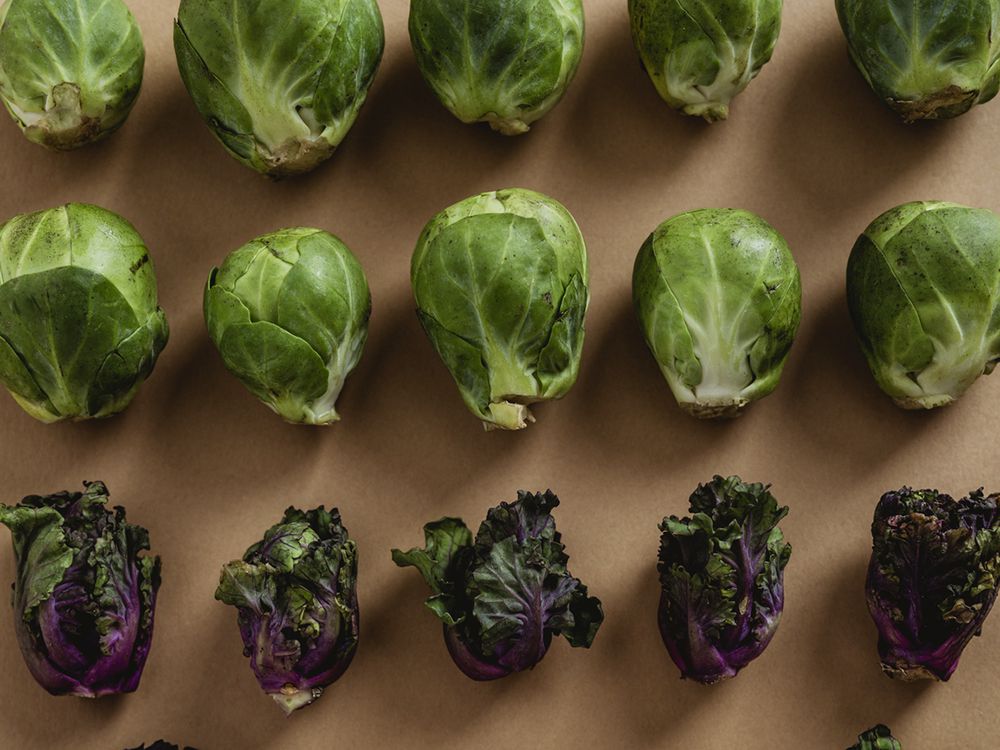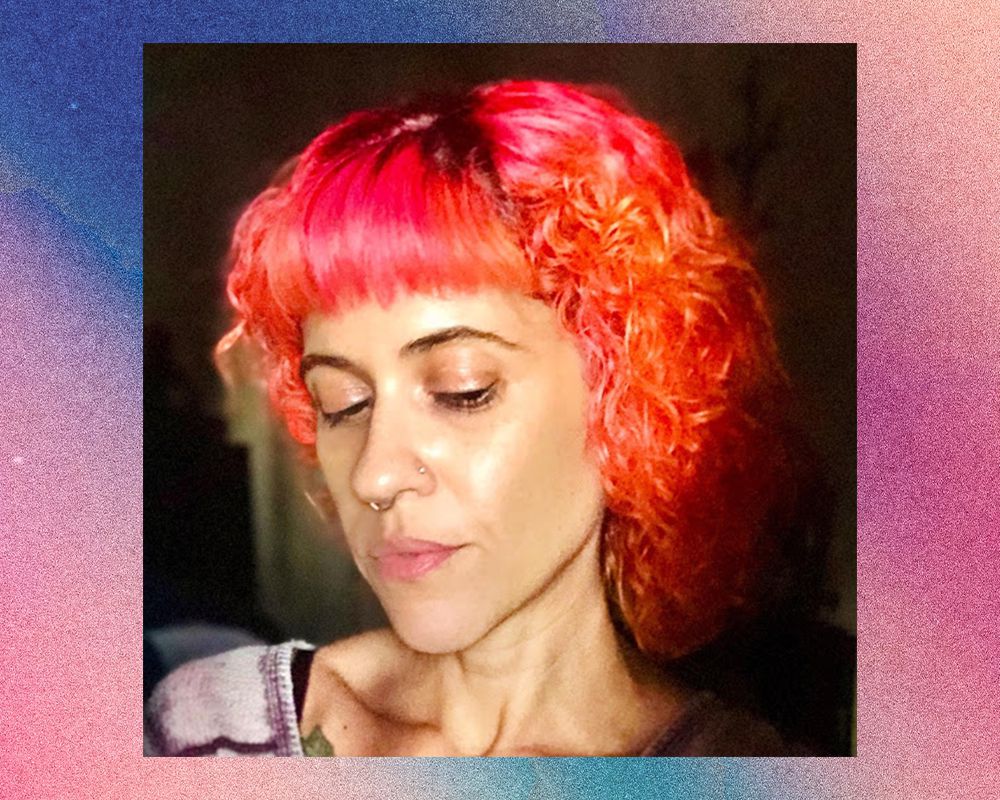How to Tell the Difference Between a Boil and a Pimple
If you’ve ever had a red, swollen bump on your skin, you’ve probably brushed it off as an acne breakout, especially if it popped up in a spot where pimples are prevalent, like the jawline, chest, or back. We’re willing to bet you hadn’t considered the new resident could be a boil, which actually has many similarities to a breakout. While pimples usually go away on their own after several days, boils take longer to work themselves out of your system, often taking weeks, and sometimes require professional intervention.
What is a boil?
A boil is an infection of the hair follicle often caused by the bacteria S. aureus, or a staph infection.1 It presents as a red, painful, swollen bump filled with pus.
For anyone that’s had a tough time telling the two apart, we spoke with two board-certified dermatologists to find out what boils are, why they differ from pimples, and how you can treat, and possibly prevent, either from coming back.
Common Types of Acne Mistaken for Boils
In order to know how to treat a pimple or a boil, it’s important to understand the differences and similarities, which may help you know what to look out for, and to figure out the best course of action for treatment. “Acne cysts can sometimes be mistaken for a boil,” says board-certified dermatologist, Dr. Tess Mauricio. “Acne usually will have other manifestations such as inflammatory papules, white heads, black heads and pustules, while boils usually are isolated bumps.” While boils and acne are certainly not the same thing, they do have one thing in common: bacteria and hair follicles. “A boil, medically known as an abscess or carbuncle, is a localized bacterial infection in the skin,” says board-certified dermatologist, Dr. Roy Seidenberg. Boils and pimples appear on the surface of the skin as a result of an infected and inflamed hair follicle, or pore.
- Cysts. Both red, large, and often painful, cysts and boils are easily mistaken, possibly more so than any other acne symptom. “A larger inflammatory acne lesion—a nodule, usually colloquially called a cyst—can look identical to an abscess, especially if there is only one large lesion,” Seidenberg says. Boils, however, will often feature a whitehead somewhere on the surface, as they are accumulations of pus.2
- Pustules. Pustules are also red, pus-filled bumps that are sometimes mistaken for boils, especially if they appear alone, as they also have whiteheads. Often, however, pustules appear in clusters, which may be symptomatic of another skin condition. “If a patient has a sudden flare of acne pustules and pimples, it could be a bacterial folliculitis, where the infection presents superficially in multiple follicles,” says Seidenberg.
Causes and Prevention of Boils and Pimples
Boils and pimples both appear as the result of bacteria and inflamed hair follicles, although the bacterial strains are not the same kind. Additionally, other factors may contribute to the formation of both boils and pimples, which may be prevented if certain measures are taken.
- Bacteria: “Most boils are caused by bacteria, usually staph or strep,” says Seidenberg. “Boils are caused by atypical mycobacteria or fungus, or even viruses which are less common and slower growing.” Pimples form as the result of different bacteria, known as P. acnes. This bacteria forms inside of a clogged pore, or hair follicle, when sebum and debris (like dead skin cells) combine.
- Health issues: According to a 2014 study, recurrent furunculosis, or the frequent appearance of boils, may be passed between people, especially if improper hygiene practices are in place.3 Those with existing health conditions may also be more prone to boils than others. “Those who are immunocompromised may be at higher risk,” says Mauricio.
- Genetics: Like acne, boils may be inherited from our parents. “The predisposition to develop boils can also run in families,” Mauricio adds. If boils or acne run in your family, prevention is the best course of action.
- Poor hygiene: A clean, healthy complexion is an essential step in any skincare routine, be that when treating acne symptoms or boils. “Cleaning any new cuts or broken skin will greatly diminish an infection,” says Seidenberg. Mauricio adds, “When you workout or sweat a lot, make sure you wash your skin and use loose clothing in areas where you get boils. Using an antibacterial cleanser or topical antibiotics can also help over time if you get recurrent boils.” These suggestions also apply to acne-prone skin, as keeping the pores free from bacteria-causing debris, like dead skin cells or sweat, may reduce the chances of breakouts appearing.
- Existing skin conditions: “Treating any underlying skin condition that has broken skin, such as eczema, will decrease their occurrence,” says Seidenberg. “Bacterial folliculitis is not uncommon on the buttocks or thighs in people who wear tight synthetic fabrics like compression shorts when exercising. He recommends anyone looking to avoid boils to wear “looser or cotton undergarments, apply moisturizer before putting on compression shorts to decrease skin friction, and/or showering right after exercising.”
- See a pro for chronic conditions: For recurring boils, it’s often best to enlist the help of a medical expert. “If you get multiple recurrent boils in your underarms, groin and buttocks, see a dermatologist right away,” says Mauricio. “You may have a condition called Hidradenitis Suppurativa, and early intervention is crucial to prevent permanent scarring.” The same thing goes for stubborn or persistent acne, which may be attributed to an underlying health condition, or could be exacerbated by following the wrong treatment regimen for your skin type.
Treating Boils and Pimples
Whether the bump on your skin is a boil or a pimple, there are treatment options for both.
- Identify the blemish: First thing’s first, identifying whether you have a boil or a pimple is a must, as each is treated differently. Generally, a boil “usually is a painful, hard bump that is red, and warm to touch,” says Mauricio. Pimples, on the other hand, may be smaller, with cysts appearing under the surface of the skin.
- Relieve pressure: A hot compress will not only ease discomfort associated with boils, it may even help it work its way out of your body in some cases. “A hot compress helps increase blood flow and brings the lesion to the surface,” says Seidenberg. A hot compress can also help anyone needing to drain a boil at home, when necessary. “If a patient can’t get to the dermatologist and there is a visible pus bump, it can be popped with a clean needle so it can drain, but it is not good to squeeze the lesion as it can spread the infection into the surrounding skin which also causes more scarring.” Leave the squeezing to a pro if you must drain a boil at home.
- Have a boil drained: “The mainstay of treatment is draining the abscess. This also allows a culture to be performed,” says Seidenberg. A culture will help your doctor know which medication to prescribe you, if any.
- Oral antibiotic treatment may be needed: “Your doctor may need to put you on oral antibiotics to help you resolve the infection,” says Mauricio. “During the incision and drainage process (I&D,) your doctor may perform a culture to determine the ideal oral antibiotic to prescribe. This culture becomes more important if you have recurrent boils.”
- Treat acne-related bacteria: While boils sometimes require oral antibiotics, before or after they’ve been lanced, pimples can sometimes find relief with an over-the-counter topical cream. “At home, a pimple can be spot-treated with OTC benzoyl peroxide or salicylic acid,” says Seidenberg. “And over-the-counter cortisone can also be applied for a few days”.








